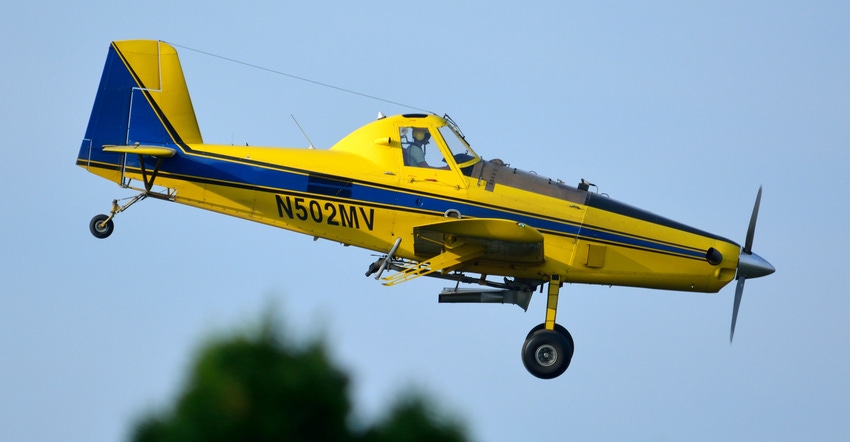July 3, 2020

To use cover crops successfully, it’s crucial to have an “all in” attitude. Now is the time to finalize seeding plans for cover crops this year. Consider harvest timing of cash crops, herbicide residual and seed supply.
Even though most cash crops were planted earlier than normal, there’s no guarantee of an early harvest. In almost all cases, assuming there is adequate moisture, an earlier-planted cover crop is more successful than one planted after harvest.
Another consideration is the potential of residual herbicides sticking around to impact cover crop germination. Pre- and postemergence residuals could cause a stand issue depending on weather since application, type of cover crop and when you seed it. Check herbicide labels or ask your supplier if you’re unsure of the residual time frame.
Another option is doing a simple germination test by planting your fall cover crop mix in soil where you used your typical herbicide program.
Seed selection
Having quality seed is important in any cover crop system. If you’re starting to think about your cover crop like your cash crop, think about how early your corn and soybean seed is delivered prior to planting. That should also be your goal for the delivery of cover crop seed.
Your cover crop seeding method and the species you plan to use are important! If you plant anything other than cereal rye, triticale or winter barley, consider using a seeding method other than drilling after harvest. If the main purpose of your cover crop is to control soil erosion, increase your seeding rate of cover crops drilled then.
Here are options for establishing cover crops prior to harvest. Hats off to you if you planted a few fields to earlier-maturing crop varieties to increase your cover crop species and seeding method options.
Aerial seeding. Earlier seeding with an airplane or helicopter allows more flexibility in what cover crop species can be used, along with providing potential for additional fall growth. Because there can be limited seed-to-soil contact, you’re dependent on getting rain. You may also be limited somewhat on cover crop mixes and rates due to weight limitations on aircraft.
High-clearance seeder. Benefits are similar to aerial seeding, but a high-clearance seeder allows you to potentially use your own equipment or work with a neighbor. You can also offset cost of equipment by doing custom application. Again, seed-to-soil contact is limited, and there will be potential cash crop damage, especially on end rows.
Combine seeder. Some farmers seed cover crops during harvest in one pass, using a seeder mounted to the combine. Seed loss is minimal, and this option eliminates the need for a second operator drilling cover crops. It has a benefit during early harvest, but once harvest moves into October, that benefit is lost. At that point, you will benefit more from better seed-to-soil contact by using a drill or planter.
Using a combine seeder can drastically slow down harvest, especially in corn, due to filling the seed hopper often. The main advantage is reduced labor and possibly less equipment wear and tear.
If you have any questions about what would work best for you, contact your local conservation partnership office. They’re available to help with seeding rates, dates and other helpful information.
Bailey is the state conservation agronomist with the Natural Resources Conservation Service in Indiana. He writes on behalf of the Indiana Conservation Partnership.
You May Also Like




